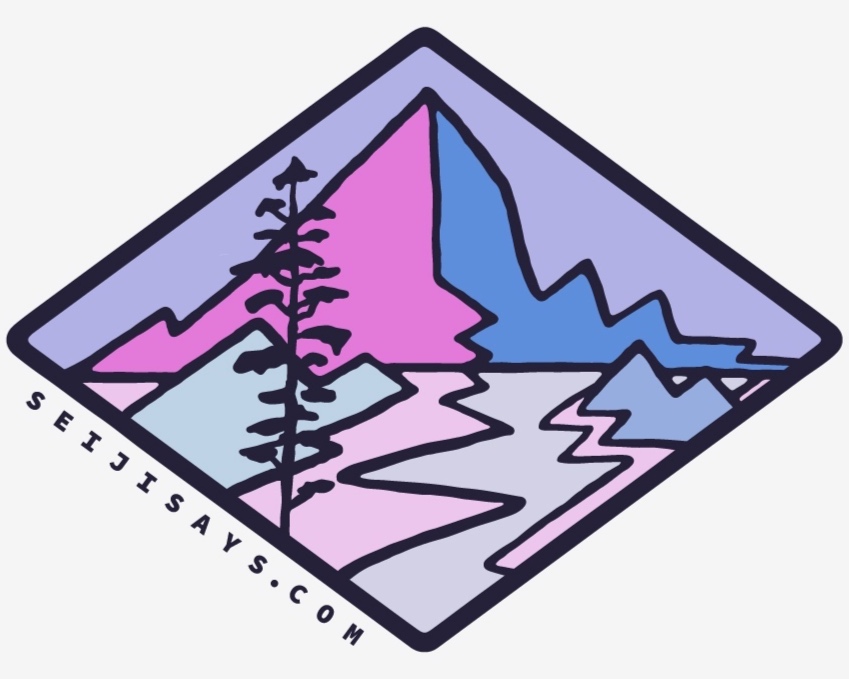Intro To Bouldering at Hueco Tanks
Outdoor adventurers don’t equate Texas with climbing; the vast state doesn’t have the alpine splendor of Colorado or Washington and winter in much of the state is non-existent. But for a particular climbing discipline, the arid environment surrounding El Paso, Texas possess a landscape that attracts rock climbers from around the globe. This hallowed collection of stone rising abruptly out of the desert floor is called Hueco Tanks State Park and Historic Site.
Bouldering is rock climbing to heights that the climber is willing to ascend without a rope, on boulders or short cliffs. Specialized mats cushion the potential falls and spotters decrease the risks. The routes (referred to as “problems”) are typically much shorter than in other forms of rock climbing, sometimes only a handful of moves, so sheer difficulty is a primary physical challenge. Longer problems do exist, but they tend to be much less predominant. These boulder problems follow natural lines up the stone, some are tracing the weaknesses, while some purposely follow the most difficult path.
The physical challenges such as steep faces, small holds, awkward body positions and long gaps between holds combine with finding the sequence of footholds and handholds that work for that particular climber’s body dimensions, strengths, and weaknesses. Overcoming the fear of falling is a universal challenge to all boulderers. Some boulder problems end before the top of the boulder or cliff, some “top out,” where the problem terminates with the climber standing on top. There are also “highball” problems; these are problems so tall that a fall from the upper portions would result in serious injury or worse, the mental aspects often more challenging than the physical.
The “V Scale” indicates the difficulty of boulder problems in the United States. This rating system is an open-ended numerical scale that currently goes from V0 to V15, the grade decided by consensus of the climbers who have completed the problem. Guidebooks, both printed and online, normally give the location of the problem, a photo or drawing of the boulder or cliff with the problem indicated, a description (which often includes the height,) and the V grade. John “The Verm” Sherman, one of the founding fathers of Hueco Tanks, developed the grading system while discovering hundreds of problems and writing the first guidebooks in the late 1980’s.
Heuco Tanks State Park and Historic Site lies in the Chihuahuan Desert, approximately 30 miles east of El Paso and at 4,500 feet of elevation. The naturally occurring circular basins (the huecoes) in the syenite porphyry pool water, originally attracting ancient peoples and helping sustain all forms of life in the harsh environment. The park also contains relics and pictographs that hold cultural and spiritual significance, and some people still hold the area sacred. The large recreational demands on the park and the limited ability of the land, plants, and animals to recover from human impact have resulted in limited access; visitors must make reservations, and an approved climbing guide must be used to access bouldering. The North Mountain area can be self-guided (limited to 70 total visitors per day), and an orientation video is required once a year.
The best season to visit Hueco Tanks State Park and Historic Site is during the winter months. The prime bouldering period runs from mid-November to mid-March, but the best opportunities are often just before and after this official season. Chasing the shade in the pre- and post- seasons makes potentially warmer days enjoyable and productive, and the reduced number of boulderers eases climbing, camping or finding other accommodations. The park and surrounding lodging options can be at capacity frequently during primetime; proper and early planning are essential. Reservations for the North Mountain self-guided area open three months in advance and for only up to three days in a row. Ten non-reserved spots for North Mountain are available daily, but they are first to come, first served.
Bouldering at Hueco Tanks can be humbling; climbing well in a home area or climbing gym may not produce equal results. The combination of the natural features of the rock combined with the often unique moves required to utilize these features can produce climbing that feels much harder than problems of an equal grade at home or in other areas. Taller problems, bad landings, and the occasional highball problem can add to the mental challenges. The typical low humidity, rough texture, and sharp holds can make the skin on the fingers and hands a primary limiter and concern. Footholds can be tiny, low friction and difficult to find. All these challenges and the sheer number of problems (an accurate count is nearly impossible) and the astounding potential for more is what makes Hueco Tanks irresistible to many and have made the area one of the most desired bouldering destinations worldwide. The park also contains high-quality sport and traditional roped climbing routes but is primarily a bouldering area.
Hueco Tanks State Park and Historic Site has all the bouldering an aspiring climber could ever want, with problems appropriate for the pure beginners all the way up to the true masters of the sport. The immeasurable number of angles, styles of holds, body movements, movement sequences and climbing techniques required for success can keep climbers engaged for lifetimes. The serenity, vastness and particular beauty of the landscape add to an experience not soon forgotten. If you are interested in rock climbing, the lower technical requirements of bouldering ease entry and Hueco Tanks is one of the most renowned areas, making it worthy of consideration.
A sample of websites containing information on access, guiding, camping and other nuances of climbing at Hueco Tanks:
https://tpwd.texas.gov/state-parks/hueco-tanks
http://www.huecotanks.com/index.html
https://americanalpineclub.org/hueco-rock-ranch/
http://www.wagonwheelcoopt.com/
https://www.sessionsclimbing.com/
Images provided by Andrew Marshall: https://andrewmarshallimages.com/
Originally published on www.upventur.com.



